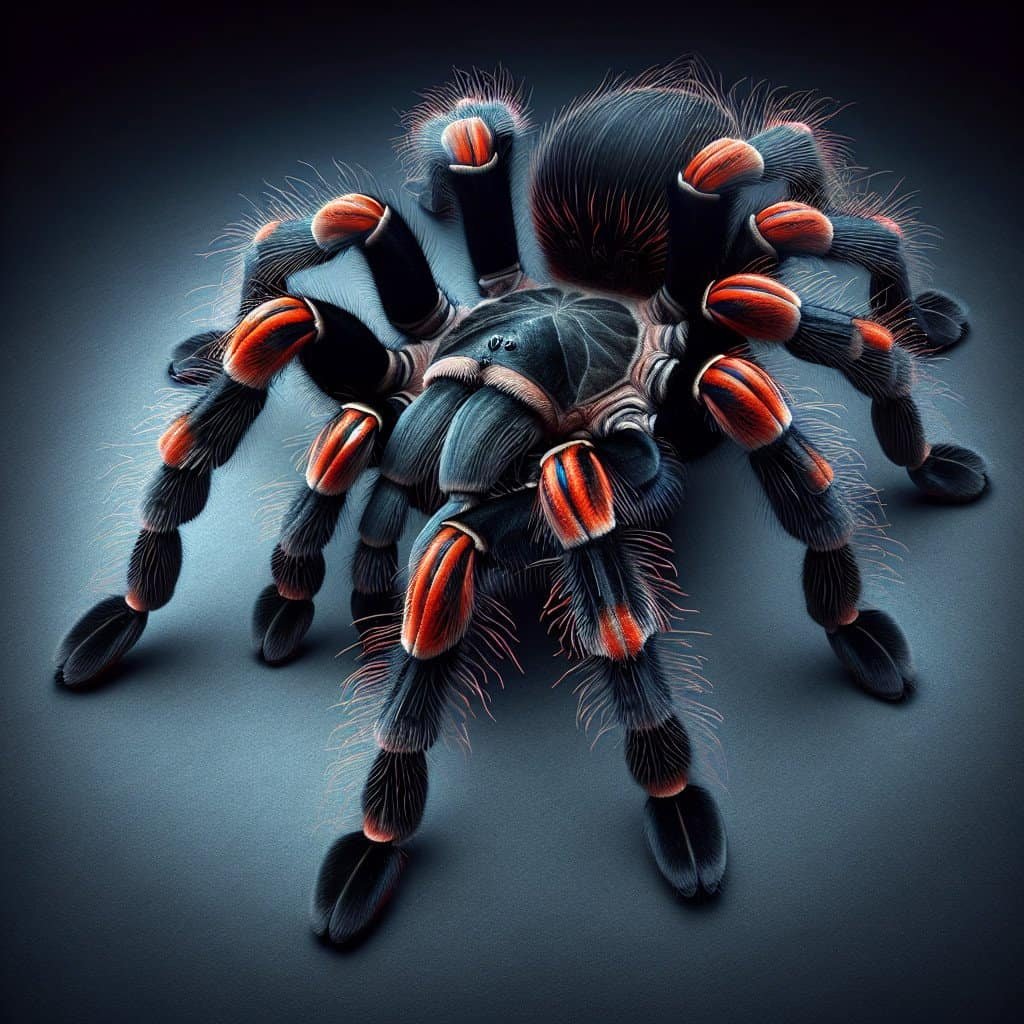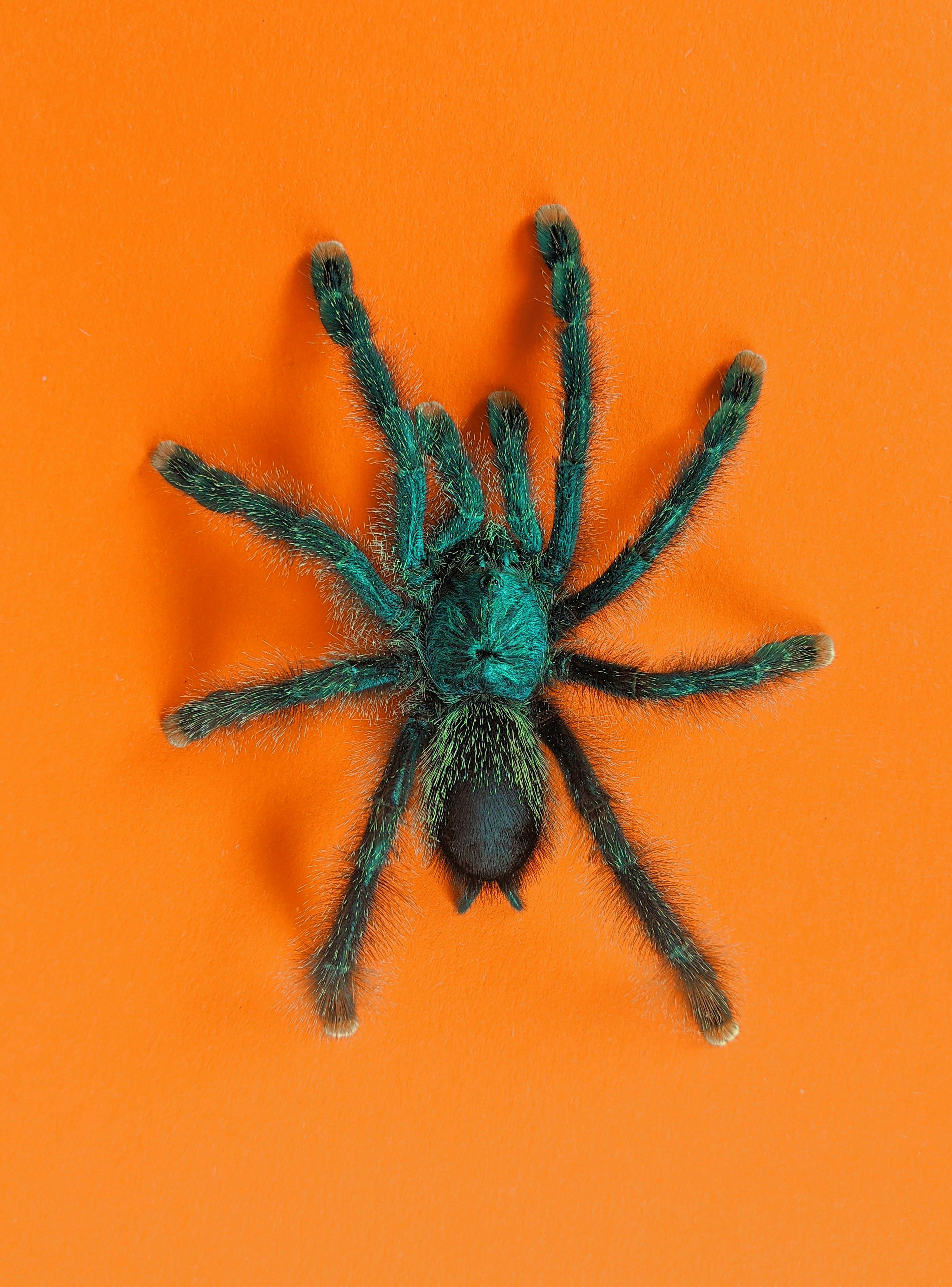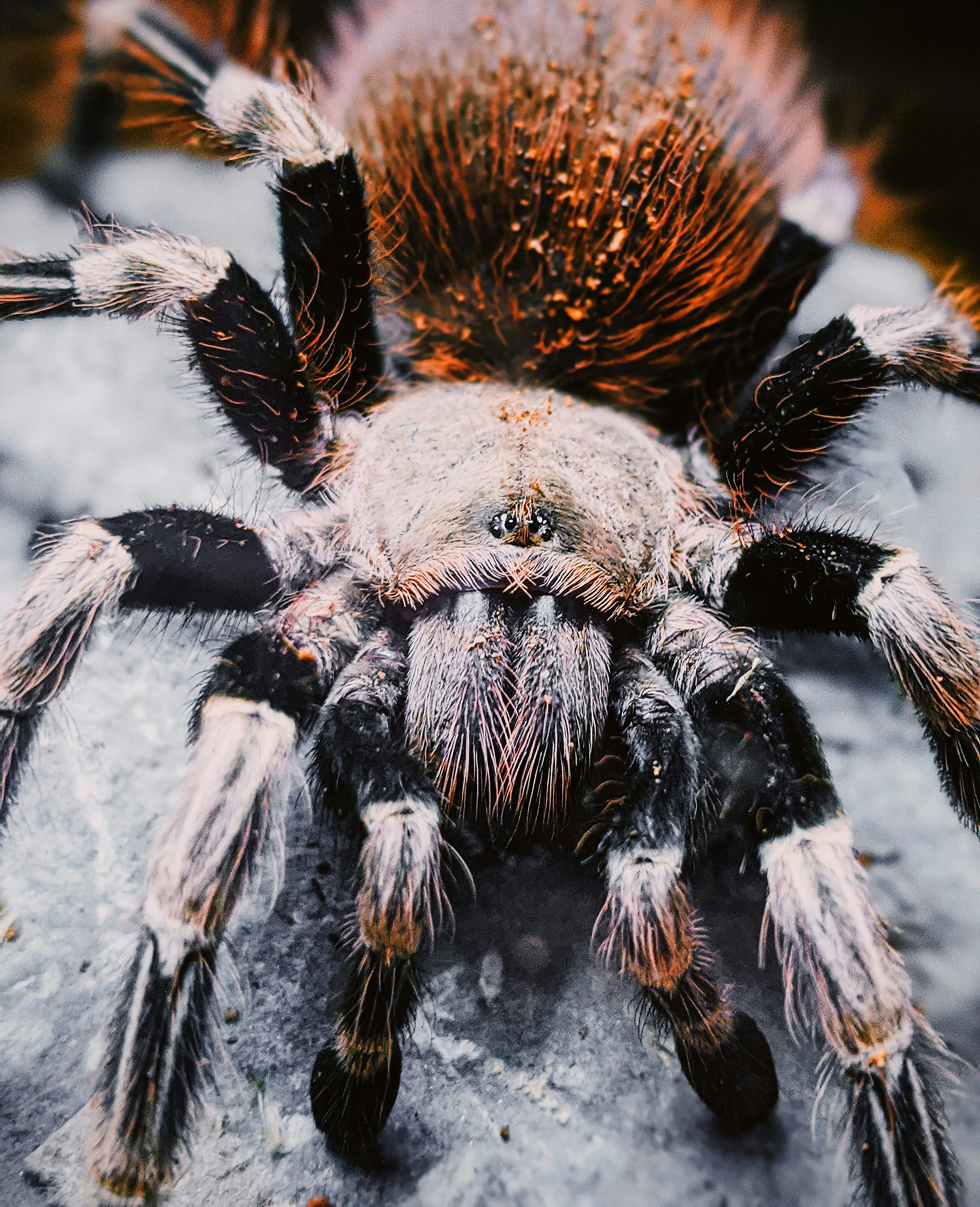Imagine having a mesmerizing creature in your home, one that demands your attention with its intricate patterns and unique characteristics. The Mexican Redknee Tarantula, with its vibrant red-orange knees and striking black body, is a fascinating addition to any Tarantula enthusiast’s collection. But how do you handle and care for this delicate arachnid? In this article, you will discover the essential tips and tricks to ensure the well-being and happiness of your Mexican Redknee Tarantula, from setting up the perfect habitat to handling it with gentle precision. Get ready to embark on an adventure into the captivating world of tarantula care!
Handling the Mexican Redknee Tarantula
Understanding its temperament
The Mexican Redknee Tarantula, also known as Brachypelma smithi, is generally a calm and docile species. It displays a relatively low level of aggression compared to other tarantulas, making it suitable for handling. However, it’s essential to remember that individual tarantulas may have different temperaments, so always exercise caution when handling them.
Providing a suitable enclosure
To keep your Mexican Redknee Tarantula safe and comfortable, it’s vital to create a suitable enclosure. The enclosure size should be appropriate for the size of your tarantula, providing ample space for it to move around and exhibit natural behaviors. A glass or acrylic terrarium with a secure lid is recommended to prevent escapes.
Proper handling techniques
When handling your Mexican Redknee Tarantula, there are essential techniques to follow for both your safety and the tarantula’s well-being. Always wash your hands before handling to remove any scents that may irritate the tarantula. Gently coax the tarantula onto your hand or a soft brush and avoid sudden movements or loud noises that may stress it. Support its weight and be aware of its body language, such as defensive postures or leg tapping, which may indicate agitation.
Feeding and Nutrition
Understanding its diet
The Mexican Redknee Tarantula is primarily a carnivorous arachnid, and its diet consists mainly of insects such as crickets, roaches, and mealworms. Occasionally, they may also consume small vertebrates like mice or lizards. It’s important to provide a varied diet to ensure proper nutrition.
Feeding frequency and amount
Tarantulas have a low metabolism, so feeding frequency can be relatively low. Juvenile Mexican Redknee Tarantulas may require feeding once every few days, while adults can be fed every one to two weeks. Adjust the feeding schedule based on your tarantula’s size and appetite. Offer an appropriate-sized prey item that can be consumed within a reasonable time.
Recommended food sources
To provide a balanced diet for your Mexican Redknee Tarantula, it’s important to offer live prey that is nutritious and free from harmful pathogens. It is recommended to purchase feeder insects from reputable breeders or pet stores to ensure their quality. Gut-loading the prey with nutritious food before feeding can further enhance its nutritional value for the tarantula.
Maintaining the Ideal Environment
Temperature and humidity requirements
Mexican Redknee Tarantulas thrive in a temperature range of 70-85°F (21-29°C) with a relative humidity level of 60-70%. To achieve these conditions, use a heat source, such as an under-tank heater or a heat lamp, to maintain the appropriate temperature. Mist the enclosure regularly to provide adequate humidity, but avoid excessive moisture to prevent mold or fungal growth.
Creating a suitable habitat
Recreating the natural habitat of the Mexican Redknee Tarantula is crucial for its well-being. Use a substrate such as coconut fiber or potting soil to create a soft and suitable surface for burrowing. Provide hiding spots, such as cork bark or plant foliage, to mimic their natural environment. Adding decorative elements like rocks or branches can also create a stimulating and enriching habitat.
Cleaning and maintenance
Regular cleaning is essential to maintain a healthy environment for your tarantula. Remove any uneaten prey items as they can attract pests or become a breeding ground for bacteria. Spot-clean the enclosure regularly to remove any waste or shed skin. Every few months, a thorough cleaning is necessary, where the substrate is replaced, and the enclosure is sanitized to prevent the buildup of harmful bacteria.
Health and Disease
Recognizing signs of a healthy tarantula
It’s important to observe your Mexican Redknee Tarantula closely and look for signs of good health. A healthy tarantula should have a plump abdomen, well-formed legs, and a consistent appetite. It should exhibit normal behaviors, such as exploring its enclosure and moving with ease. Any significant changes in appearance, behavior, or appetite should be monitored and may indicate a potential health issue.
Common health issues
While Mexican Redknee Tarantulas are generally hardy, they can still be susceptible to certain health issues. Some common problems include dehydration, mites, fungal infections, or parasites. Symptoms may include lethargy, loss of appetite, unusual discoloration, difficulty walking, or excessive webbing. If you notice any of these signs, it’s crucial to seek advice from a veterinarian experienced in arachnid care.
Preventive measures and treatments
Maintaining proper husbandry practices, including providing a suitable habitat, appropriate diet, and ideal temperature and humidity, can go a long way in preventing health issues. Regularly inspect your tarantula for any signs of illness or parasites and isolate any sick individuals to prevent the spread of contagious diseases. If treatment becomes necessary, consult a veterinarian for appropriate medication or treatment options.
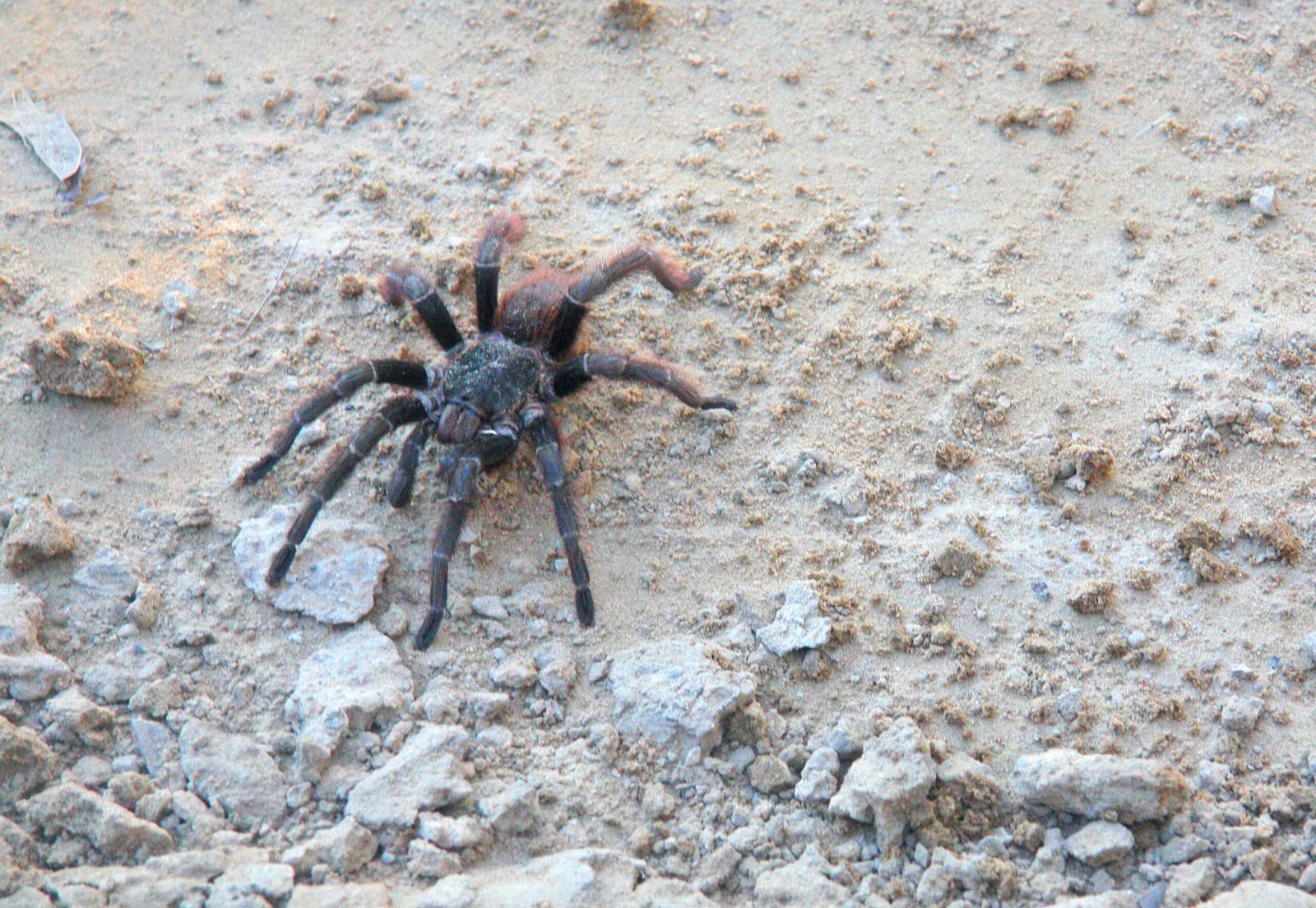
Breeding and Reproduction
Understanding the breeding process
Breeding Mexican Redknee Tarantulas can be an exciting and rewarding experience for experienced tarantula owners. Before attempting breeding, it’s important to ensure that both the male and female tarantula are healthy and mature. Introduce the male into the female’s enclosure and closely monitor their interactions. Successful mating will result in the female laying eggs within a few weeks.
Creating the right conditions
To encourage successful breeding, it’s important to replicate natural conditions during the breeding process. Maintain optimal temperature and humidity levels, as mentioned earlier, to create a suitable environment for both male and female tarantulas. Provide ample hiding spots and a secure, spacious enclosure for the female to lay her eggs undisturbed.
Egg incubation and care
After the female lays her eggs, she will create a protective egg sac around them. The duration of the incubation period can vary, but it is typically around 6-8 weeks. It’s crucial to provide a stable environment during this time, ensuring the temperature and humidity remain constant. Once the spiderlings emerge from the egg sac, they should be separated into individual enclosures to prevent cannibalism.
Handling Safety Tips
Protecting yourself and the tarantula
When handling your Mexican Redknee Tarantula, always prioritize safety. Wear gloves to protect your hands from accidental bites or contact with urticating hairs. Avoid handling during the tarantula’s molt or when it appears stressed or defensive. Be gentle and avoid squeezing or dropping the tarantula, as this can cause injury or stress.
Utilizing proper equipment
To handle your tarantula safely, use appropriate tools such as soft brushes or tongs. These tools allow you to guide and support the tarantula without direct contact. Avoid using forceps or tweezers with sharp tips that may harm the fragile exoskeleton or delicate legs of the tarantula.
Dealing with potential dangers
While the Mexican Redknee Tarantula is generally not aggressive, there is always a small possibility of biting or urticating hair release. In the event of a bite, remain calm and seek medical attention if necessary. If exposed to urticating hairs, avoid rubbing your eyes or touching sensitive areas, as these hairs can cause irritation and allergic reactions. Wash affected areas with water to remove any loose hairs.

Behavior and Communication
Observing natural behaviors
Observing your Mexican Redknee Tarantula’s natural behaviors can provide valuable insights into its well-being. Tarantulas are primarily solitary creatures, spending most of their time hiding in burrows or in their web retreats. They may exhibit behaviors such as webbing, hunting, grooming, or molting. By familiarizing yourself with these behaviors, you can better understand your tarantula’s overall health and comfort.
Communication cues and meaning
Tarantulas communicate through a combination of body language, touch, and chemical cues. They may tap their legs or abdomen as a warning signal or defensive behavior. Rearing up on their hind legs can indicate aggression or impending attack. Additionally, the release of urticating hairs is a way for tarantulas to defend themselves. Paying close attention to these cues can help you interpret your tarantula’s mood and adjust your handling accordingly.
Interpreting aggression and stress
It’s crucial to be able to recognize signs of aggression and stress in your Mexican Redknee Tarantula. Aggressive behavior may include rapid movement, rearing up, or fang display. Signs of stress can include excessive hiding, refusal to eat, or defensive postures. If you observe these behaviors, it’s important to give the tarantula space and refrain from handling until it calms down and feels secure.
Tarantula Handling FAQs
How often should I handle my tarantula?
Handling frequency varies depending on the individual tarantula and your level of experience. As a general guideline, it’s recommended to handle your Mexican Redknee Tarantula no more than once every few weeks to minimize stress. Always prioritize the well-being of the tarantula and observe its behavior for any signs of discomfort.
What to do if the tarantula bites?
In the event of a tarantula bite, it’s essential to remain calm. Most tarantula bites are relatively harmless and cause mild pain or itching. Clean the affected area with mild soap and water and monitor for any signs of infection. If you experience severe symptoms or an allergic reaction, seek medical attention immediately.
Can the tarantula be trained?
Tarantulas do not possess the same cognitive capabilities as mammals, so training them in the traditional sense is not feasible. They primarily follow their instinctual behaviors and respond to environmental stimuli. However, regular and gentle handling can help acclimate your tarantula to human presence and reduce stress during interactions.
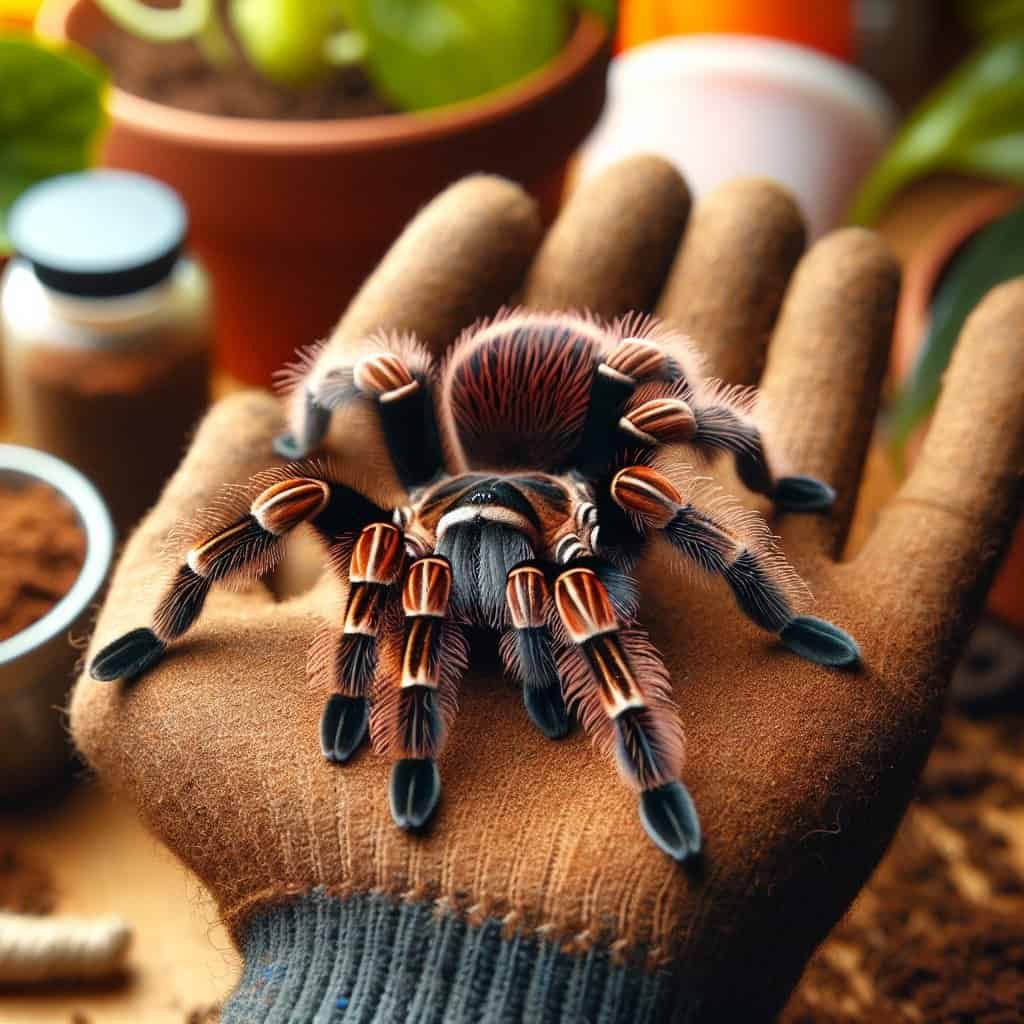
Legal Considerations
Checking local regulations
Before acquiring a Mexican Redknee Tarantula, it’s crucial to check local regulations regarding pet ownership. Some areas may have specific restrictions or permit requirements for keeping tarantulas or exotic animals. Ensure that you comply with all applicable laws and regulations to avoid legal issues.
Understanding importation and ownership laws
If purchasing your tarantula from another country or state, it’s important to understand the importation and ownership laws that may apply. Some countries have strict regulations on the importation of live animals to prevent the introduction of invasive or endangered species. Familiarize yourself with these laws and only purchase tarantulas from legal and reputable sources.
Responsible ownership
Owning a Mexican Redknee Tarantula comes with great responsibility. Ensure that you have the knowledge, resources, and time to properly care for and provide an optimal environment for your tarantula. Regularly educate yourself about their specific needs and consider joining tarantula hobbyist communities to learn from experienced keepers. Responsible ownership is crucial for the well-being of these fascinating creatures.
Conclusion
Owning a Mexican Redknee Tarantula can be a rewarding and fascinating experience for arachnid enthusiasts. By understanding their temperament, providing a suitable enclosure, following proper handling techniques, and ensuring their health and well-being, you can create a thriving environment for your tarantula. Remember to always prioritize the tarantula’s needs and safety while enjoying the unique bond between you and your eight-legged companion. With the right care and attention, your Mexican Redknee Tarantula can thrive and provide you with endless joy and fascination.
